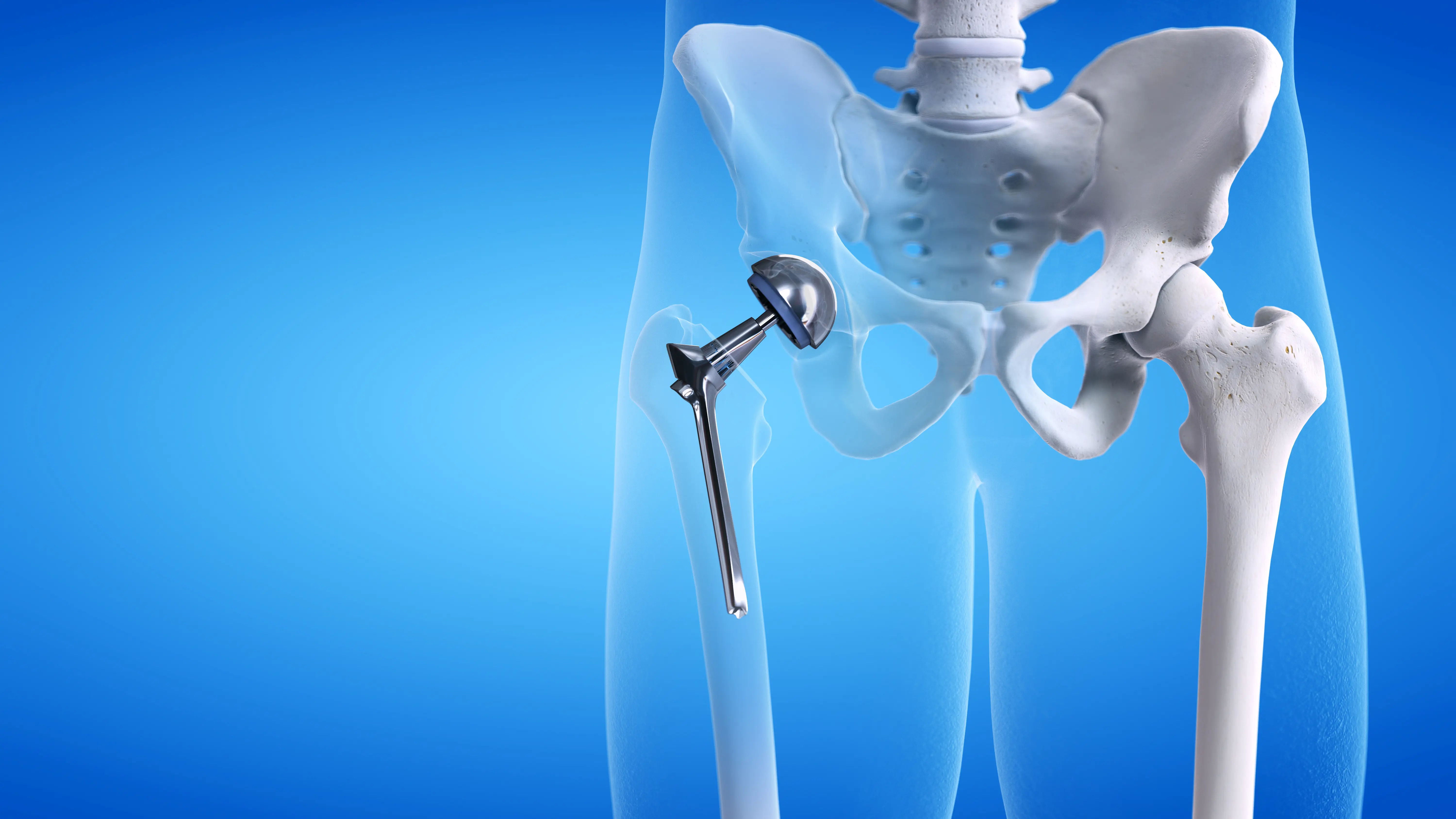Regain Your Mobility: The Life-Changing Benefits of Hip Revision Surgery
Know about hip revision surgery, why it is done, the benefits of it and more.

Written by Dr. Mohammed Kamran
Reviewed by Dr. D Bhanu Prakash MBBS, AFIH, Advanced certificate in critical care medicine, Fellowship in critical care medicine
Last updated on 7th Oct, 2025
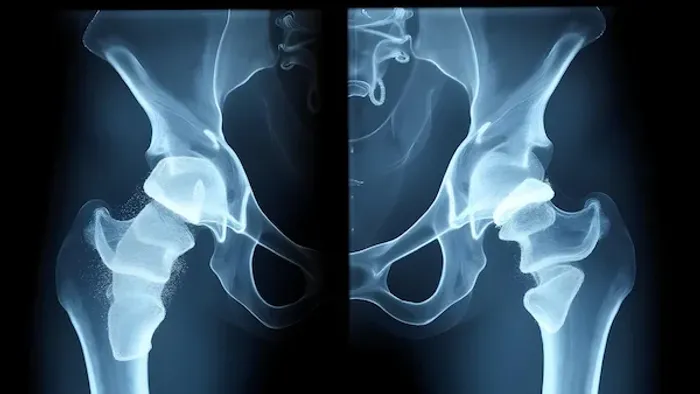
Introduction
A hip replacement is a modern medical miracle, designed to grant decades of pain-free movement. But what happens when that miracle begins to wear out? For thousands of people each year, the solution is hip revision surgery, a procedure to replace a failing artificial hip joint. While the thought of a second surgery can be daunting, understanding the profound benefits of hip revision surgery is the first step toward reclaiming your active life. This guide will walk you through why revision might be necessary, the specific advantages it offers, and what you can expect from the process, empowering you to make an informed decision about your health.
Understanding Why Hip Revision Surgery Becomes Necessary
Hip revision surgery is significantly more complex than a primary hip replacement. It's not undertaken lightly and is always based on specific, diagnosable problems with the original implant. Recognising the signs you need hip revision surgery often leads to a discussion with your orthopaedic surgeon about one of these common causes.
Consult Top Surgeons
Implant Loosening: The Most Common Culprit
Over time, the bond between the implant and your natural bone can weaken. This is the leading reason for hip revision surgery. The cement can degrade, or the bone may fail to grow into a cementless implant properly. This loosening causes pain, especially when you start moving after a period of rest, and a feeling of instability. It's often confirmed through X-rays that show a gap between the implant and the bone.
Osteolysis: When Bone Around the Implant Wears Away
As the plastic liner of the hip socket wears down, it releases tiny particles. In some patients, the body's immune system reacts to these particles by attacking the surrounding bone tissue, causing it to deteriorate. This process, called osteolysis, can lead to significant bone loss, making the implant loose and potentially causing a fracture. Revision surgery allows the surgeon to clean out this debris and rebuild the bone structure.
Recurrent Dislocations and Joint Instability
If your hip joint repeatedly dislocates, it’s a sign of significant instability. This can happen if the implants are malpositioned, if the soft tissues supporting the hip have stretched out, or if there has been considerable wear. Each dislocation further damages the surrounding muscles and ligaments. Hip revision surgery can correct the positioning of the components or use specialised implants to create a more stable joint.
Periprosthetic Fracture: A Break Around the Implant
A fall or even a minor trauma can cause a break in the femur (thigh bone) around the stem of the hip implant. This is known as a periprosthetic fracture. Fixing these complex breaks almost always requires revision surgery to either secure the existing implant with plates and screws or, more commonly, to replace the stem with a longer one that bypasses the fracture site for solid fixation.
The Challenge of a Periprosthetic Joint Infection (PJI)
Although rare (occurring in less than 1-2% of patients), an infection deep around the implant is a serious complication. It can occur soon after the initial surgery or years later if bacteria travel through the bloodstream. Treating a periprosthetic joint infection is a two-stage process: the first surgery removes the infected implant and places a temporary antibiotic-loaded spacer, and the second hip revision surgery implants a new prosthesis once the infection is fully cleared.
The Multifaceted Benefits of Undergoing Hip Revision Surgery
The goal of revision surgery is to solve the specific problem causing your pain and disability. The benefits are therefore direct and transformative, often mirroring the life-changing relief experienced after the first replacement.
The Primary Benefit: Significant and Lasting Pain Relief
The most immediate and welcomed outcome is the elimination of the severe pain caused by a failing implant. Whether it's the grinding pain of a loose component or the sharp pain of instability, hip revision surgery is designed to address the source. Patients often report that the debilitating pain they endured for months or years is gone upon waking from surgery. This pain relief is the cornerstone for all other recovery and life after hip revision surgery.
Restoring Stability and Function to Your Hip Joint
A loose or unstable hip makes every step feel precarious. It undermines your confidence and limits basic activities like walking, climbing stairs, or even standing up from a chair. By securely fixing new, well-positioned components, revision surgery restores the hip's mechanical stability. This directly translates to improved function, a more normal gait, and the ability to return to the daily activities you love without fear of your hip "giving way."
Correcting Leg Length Discrepancy for Better Gait
Sometimes, a failing implant or recurrent dislocations can lead to one leg becoming longer or shorter than the other. This leg length discrepancy can cause a limp, back pain, and difficulty walking. A key benefit of hip revision surgery is the surgeon's ability to carefully correct this imbalance, ensuring both legs are even. This restoration of proper biomechanics is crucial for an efficient, pain-free walking pattern.
Addressing Bone Loss and Creating a Stronger Foundation
In cases of severe osteolysis or infection, the bone stock around the implant can be severely compromised. Hip revision surgery employs advanced techniques to rebuild this foundation. Surgeons may use bone grafts (from a donor or the patient) or specialised implants with porous metal augments that encourage new bone growth. This doesn't just fix the immediate problem; it creates a stronger, more durable environment for the new implant, improving the long-term success rate of hip revision surgery.
Eradicating Infection: A Complex but Crucial Benefit
For patients suffering from a periprosthetic joint infection, the benefits are profound: it saves the limb and overall health. The two-stage revision process is demanding, but its success eradicates a chronic source of pain, swelling, and systemic illness. It allows patients to move from a state of chronic debilitation back to health, ultimately paving the way for a functional, pain-free joint.
What to Expect: The Hip Revision Procedure and Recovery
Hip revision procedure and recovery involve:
How Hip Revision Surgery Differs from the First Operation
Hip revision surgery is inherently more complex. The surgeon's first challenge is to safely remove the existing implant without damaging the surrounding bone, which may already be compromised. The procedure takes longer, and the implants used are often more specialised, longer stems, cages, or augments to achieve stability in the revised bone bed. The recovery time for a second hip replacement can also be longer and more gradual due to the increased soft tissue dissection and the need for the bone to heal around the new, often larger, components.
The Road to Recovery: Timeline and Physical Therapy
Recovery is a marathon, not a sprint. You can expect a hospital stay of a few days. Physical therapy begins almost immediately to maintain blood flow and prevent stiffness. You will likely need to use a walker or crutches for a longer period than after your first surgery, often 6 to 12 weeks, to allow the bone to heal properly. Your therapist will guide you through exercises to gradually restore strength and range of motion. Commitment to this rehab process is the single biggest factor in achieving an optimal outcome. If your recovery progress seems slower than expected or you experience new symptoms, it's crucial to consult your orthopaedic surgeon. For ongoing guidance, you can also consult a doctor online with Apollo24|7 to discuss your recovery plan.
Conclusion
Facing hip revision surgery can feel overwhelming, but it's essential to view it as a positive step toward reclaiming your quality of life. The procedure is a highly specialised solution designed to address the complex challenges of a failed hip replacement. The benefits from profound pain relief and restored stability to the correction of leg length and bone loss are life-changing. By understanding the reasons for revision, the process involved, and the commitment to recovery, you can approach this journey with confidence. If you are experiencing persistent pain or instability in a previously replaced hip, take the next step. Seek an evaluation from a qualified orthopaedic specialist to explore if hip revision surgery is the key to your pain-free future.
Consult Top Surgeons
Consult Top Surgeons
Dr. Naveen Kumar R
General Surgeon
10 Years • MBBS., MS
Chennai
Apollo Speciality Hospitals OMR, Chennai
Dr. Naziya Rahim Bhatia
General Surgeon
7 Years • MBBS ,MS
Bengaluru
Apollo Clinic, Sarjapur Road, Bengaluru

Dr. Bhethala Sharan Prakash
General Physician/ Internal Medicine Specialist
5 Years • MBBS MD
Bengaluru
PRESTIGE SHANTHINIKETAN - SOCIETY CLINIC, Bengaluru

Dr. Partha Mondal
General Surgeon
5 Years • MBBS, MS General Surgery
Kolkata
Wellness Point., Kolkata
Dr. Uday Ravi
General Surgeon
20 Years • MBBS, MS (General Surgery)
Bengaluru
Shree Manyata Hospitals, Bengaluru
More articles from Hip fracture
Frequently Asked Questions
1. What are the signs of a failing hip replacement that might indicate I need revision surgery?
Key signs include new or worsening pain in the groin, thigh, or buttock (especially when starting to walk), a feeling of the hip 'giving way' or instability, swelling, a noticeable limp, or a recurrence of the stiffness you had before your first replacement. If you experience these hip implant failure symptoms, see your doctor.
2. How long does a revised hip replacement last?
The long-term success rate of hip revision surgery is high, but the implant's longevity depends on factors like your age, activity level, and the reason for revision. While a first replacement can last 20+ years, a revision may not last quite as long, but modern implants and techniques are designed to provide many years of reliable service.
3. Is the recovery from hip revision surgery much harder than the first time?
Generally, yes. The recovery time for a second hip replacement is often longer and can be more challenging due to the increased complexity of the surgery, the need for more extensive healing of soft tissues and bone, and the importance of a cautious rehabilitation protocol to protect the new reconstruction.
4. What are the risks associated with hip revision surgery?
The risks are similar to primary hip replacement but slightly higher. These include infection, blood clots, nerve or blood vessel injury, dislocation, leg length discrepancy, and the potential for the need for further surgery. However, an experienced surgeon takes every precaution to minimise these risks.
5. Can hip revision surgery be performed minimally invasively?
While surgeons always aim to minimise tissue damage, the nature of revision surgery often requires a larger incision to allow for safe removal of the old implant and precise placement of the new one. The focus is on achieving a successful, stable reconstruction rather than on a minimally invasive approach.
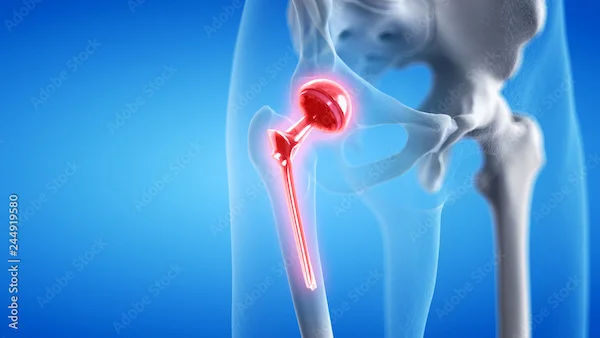
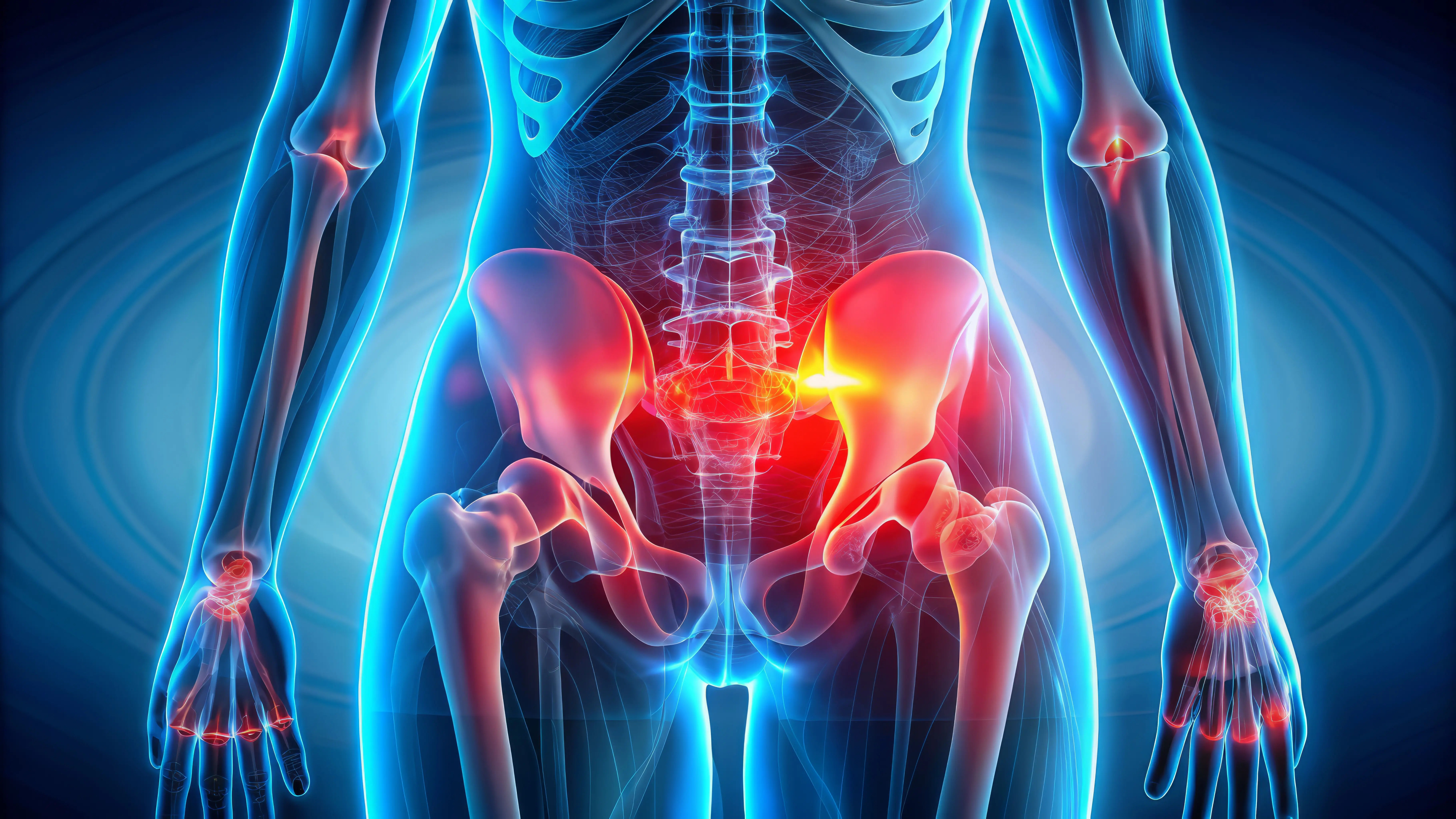
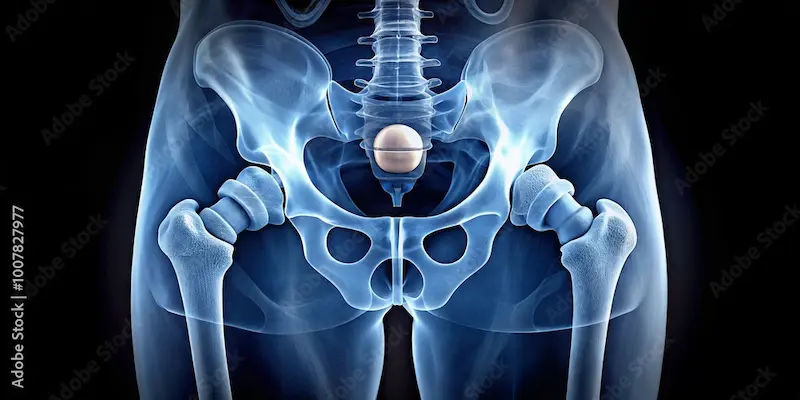
.webp)
